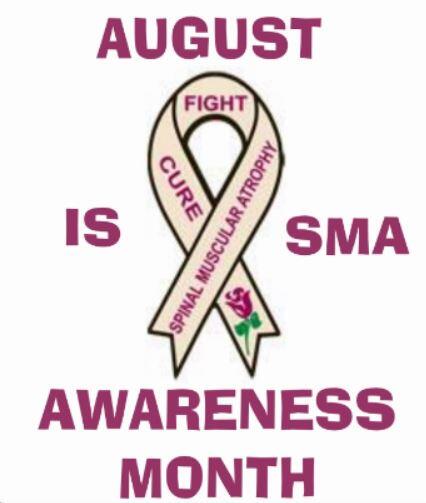Since 1996, Spinal Muscular Atrophy Awareness Month has worked to increase awareness of this condition, hoping that a boost in the public’s knowledge about SMA will improve resources for research and provide better care for patients.
What can YOU do to help?
As with any cause, getting the message out to the public is the best way to help. Here are a few ways through which you can let your family, friends and colleagues know about SMA Awareness Month.
Host an Event
Whether it’s a picnic at the park or a fundraiser at your library, an event can help promote SMA Awareness Month to a large number of people. Look into posting your event on your community’s calendar, in order to attract an even larger turnout.
Display Promotional Materials
To help enhance awareness events, you can choose to make or purchase promotional materials containing information about SMA, organizations working to find a cure, and ways to donate. Some families and groups have come up with creative ways to display informational materials, like posting ribbons with SMA facts throughout their neighborhood!
Spread the Word
If you are asked questions regarding SMA or your efforts during awareness month (or anytime of the year!), take the opportunity to educate others about the disease. Share all the knowledge you can and instruct those around you on how they, too, can help.
Donate
While this may not be a possibility for us all, monetary contributions can directly go towards funding life-saving research and scientific efforts. Whenever possible, make a donation to support the battle against SMA.
The efforts of those involved in Spinal Muscular Atrophy Awareness Month can help advance the search for a treatment or cure for those living with the disease. However you choose to get involved, we urge you to support this cause.

